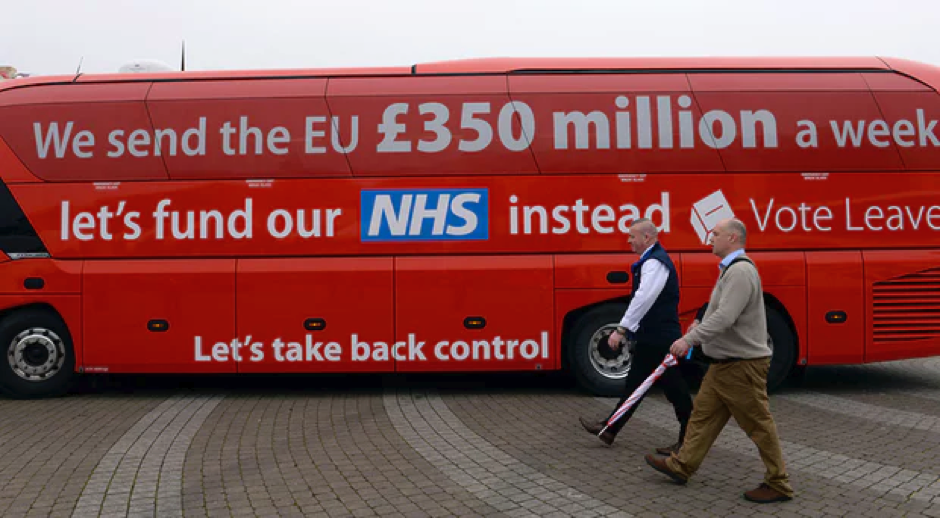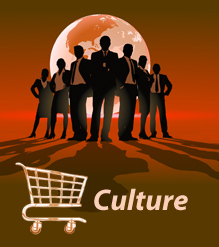



| Business-Managed Democracy » Culture » Social Media » News » Fake News |
In recent years there has been an “explosion in fake news, turbocharged by sharing on Facebook” and other social media sites. Fake news stories look like real news and are shared as if they are real news.
Some websites, such as abcnews.com.co, publish “obviously inaccurate news”, or “fake news”. Others, such as Drudge Report and Red State, publish mainly accurate news but use misleading or deceptive headlines to attract audiences (click bait). There are also satirical new websites, such as The Onion and Clickhole, that publish news that is not meant to be taken seriously.
According to the Columbia Journalism Review online "audiences found their way to fake news via social media at a much higher rate than they did to real news."
Those who view fake news sites tend to also view genuine news sites as much as anyone else, but social media tends to point its participants to fake news sites much more than to genuine news sites. In fact 30% of all traffic to fake news sites came via Facebook, compared with 8 percent of traffic to genuine news sites.
 Reference: Peter Greste, et al. . ‘Cracking the Code.' Four Corners, 10 April, 2017.
Reference: Peter Greste, et al. . ‘Cracking the Code.' Four Corners, 10 April, 2017.During [the 2016] election campaign, a news site published a story alleging that Hillary Clinton and her campaign chairman John Podesta were running a child sex ring out of the Comet Ping Pong Pizza restaurant in Washington DC. The story was widely shared on Facebook. It was utterly fake, but it gained so much traction that a 28-year-old man finally went to the restaurant armed with an assault rifle, a revolver and a shotgun to find and rescue the children. He fired several shots into the restaurant before police arrested him. The story still circulates on line and on Facebook.
According to the Pew Research Center, 62% of Americans got some of their news from social media in 2016 compared to 49% in 2012. 18% did so often. Most also get news from traditional sources such as television and radio.



Facebook readers of political news and information are “more likely to post and respond to content, while Twitter users are more likely to follow news organizations.”
According to one study, “Facebook users shared the top 20 fake news stories over a million times more than the top 20 stories from major news outlets” in the last months of the 2016 US election.
Megan Brownlow, a media strategist, claims that the more partisan the news that a person reads, the less likely they are to listen to fact checkers or experts who try to correct it. “And so, this can create some really dangerous divisive believers of alternative facts.”
Studies show that people are more likely to believe things they have heard before. Therefore, the news items or ‘facts’ that are repeated, true or false, tends to become more believable over time.


 The Leave campaign made a number of deceptive claims in the lead up to the Brexit vote. These included the claim that the UK sent the EU 350 million pounds each week that would be better spent on the National Health Service (NHS). Ukip leader conceded this was not the case after the election.
The Leave campaign made a number of deceptive claims in the lead up to the Brexit vote. These included the claim that the UK sent the EU 350 million pounds each week that would be better spent on the National Health Service (NHS). Ukip leader conceded this was not the case after the election.
Similarly, the Leave campaign made many unsupported claims that membership of the EU caused a massive influx of immigrants. For example, “the cover of the Daily Mail featured a picture of migrants in the back of a lorry entering the UK, with the headline “We are from Europe – let us in!” The next day, the Mail and the Sun, which also carried the story, were forced to admit that the stowaways were actually from Iraq and Kuwait.”
 Reference: Katherine Viner. ‘How Technology Disrupted the Truth.’ The Guardian. 12 July, 2016.
Reference: Katherine Viner. ‘How Technology Disrupted the Truth.’ The Guardian. 12 July, 2016.It was little surprise that some people were shocked after the result to discover that Brexit might have serious consequences and few of the promised benefits. When “facts don’t work” and voters don’t trust the media, everyone believes in their own “truth” – and the results, as we have just seen, can be devastating.
© 2018 Sharon Beder
http://www.herinst.org/BusinessManagedDemocracy/culture/socialmedia/fake.html
